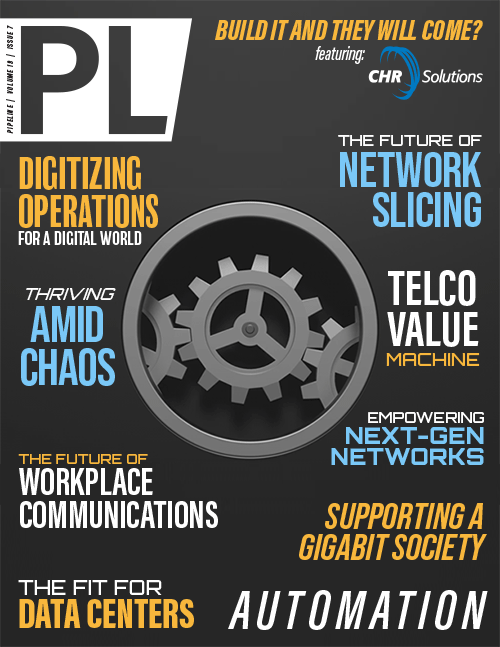Supporting a Gigabit Society with
Unified Resource Management
To optimize service assurance and reduce mean time to repair (MTTR), immediate impact analysis is crucial to provide all necessary information about the services and customers affected by a technical failure or service interruption. The vendor-agnostic data model spanning all passive and active physical, logical and virtual resources across all technologies is a mandatory prerequisite for this. End-to-end signal tracing, visual analytics, and flexible integrations with other systems are also important characteristics of a future-proof solution.
Steps to successfully execute your digital strategy
Create a digital twin of the network
To facilitate network transformations, IoT deployments and 5G rollouts or to automate any operational use cases, the entire network—or even parts of it such as sites, towers, POPs, network elements, physical and logical connections and services, virtualized resources, and configuration parameters—can be replicated as a digital twin to address the increased complexity that these changes will bring. As a closed loop principle is integral for high data consistency and optimized operational processes, changes to the network can be planned first with the digital twin, then executed in the network, and finally verified against the digital twin through data reconciliation.
Streamlining operations, service assurance, design, planning, capacity management, orchestration, and service fulfillment can also be difficult due to the disparate nature of a hybrid network infrastructure. A digital twin can assist in all these areas by providing complex coordination and tracking. In particular, it can replicate and visualize the hybrid network infrastructure as a geo-referenced or schematic representation that shows all relevant infrastructure and resource details about used and available capacities, as well as dependencies and relationships between the resources across the technologies and vendors.
Employ the delta migration methodology
To prevent operational damage and business impacts, a zero-downtime data migration and smooth go-live of the new system is essential. Utilizing the delta migration methodology, the new system will run concurrently with the existing system, and only the delta between the existing and new solution will be migrated at each migration run. This is done by comparing the full data between the source and destination platforms but only creating and changing data that are new or different. As the two databases are synchronized, the risk of downtime is eliminated.
Because the read-and-compare operation works more efficiently than the create operation, smaller and faster data transfers and migration cycles can now occur to enable the continual adaptation of migration rules. When the migration quality reaches the required level, the old system can simply be switched off and users can proceed with using the data in the new system. A zero-downtime migration will have been achieved.
Structure documentation and planning
To gain full transparency across all resources and associated business information, structured documentation and planning is needed. The ideal solution will integrate the management of outside and inside plant cable infrastructure with the physical and logical resources of telecommunication transport networks to improve the efficiency and quality of all planning and engineering activities.
All services being offered, and the physical, logical, and virtual assets and resources required to deliver them, should be documented and managed within a central data repository that is easily accessible to users anywhere in the organization. This will create a solid foundation for all planning and network transformation and rollout activities, which must be closely linked and integrated with the as-is documentation.
Automation drives the operational shift. A unified resource management solution across the hybrid network infrastructure is a major cornerstone for any kind of resource and configuration management automation.



















